“We don’t just have a skeleton,” one researcher involved said. “We have a dinosaur as it would have been.”

Scientists are hailing it as the best-preserved dinosaur specimen ever discovered. That’s why you cannot see its bones – they remain covered by intact skin and armor.
Found accidentally by miners in Canada, this fossilized nodosaur is more than 110 million years old, yet patterns are still visible on the skin. According to the Royal Tyrrell Museum of Palaeontology in Alberta, Canada, which recently unveiled the find, the dinosaur is so well-preserved that instead of a ‘fossil’, we could safely call it a ‘dinosaur mummy.’
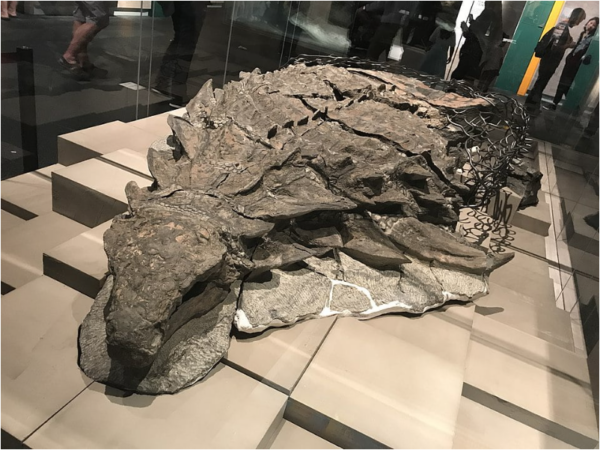
The researchers examining the find were astounded at its nearly unprecedented level of preservation. The creature’s skin, armor, and even some of its guts were intact – something they’d never seen before.
“You don’t need to use much imagination to reconstruct it; if you just squint your eyes a bit, you could almost believe it was sleeping,” one researcher said.
Previously, only nodosaur skeletons have been discovered, which look like this:
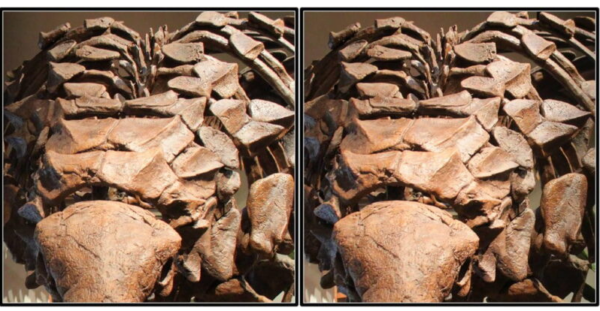
This dinosaur was built like a tank. A member of a newly discovered species called nodosaur, it was an enormous four-legged herbivore protected by a spiky, plated armor. It weighed approximately 3,000 pounds.
To give you an idea of how intact the mummified nodosaur is: it still weighs 2,500 pounds!
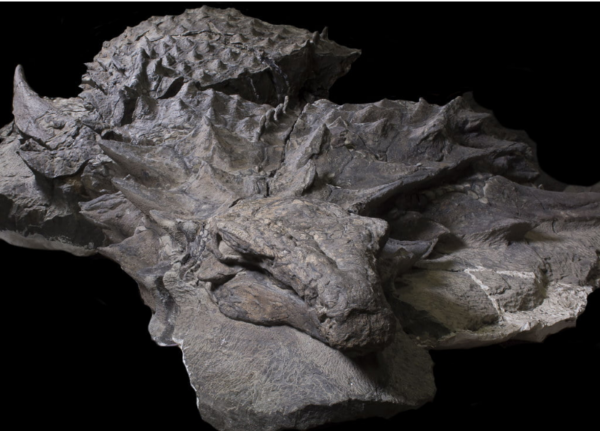
Although how the dinosaur mummy could remain so intact for so long remains somewhat of a mystery, researchers suggest that the nodosaur may have been swept away by a flooded river and carried out to sea, where it eventually sank to the ocean floor.
As millions of years passed, minerals could have settled on the dinosaur’s armor and skin. This might help explain why the creature was preserved in such a lifelike form.
Researchers have named the 5.5 metre (18-foot-long) nodosaur Borealopelta markmitchelli, in honour of Royal Tyrrell Museum technician Mark Mitchell, who spent over 7,000 hours carefully unearthing the fossil from its rocky grave.
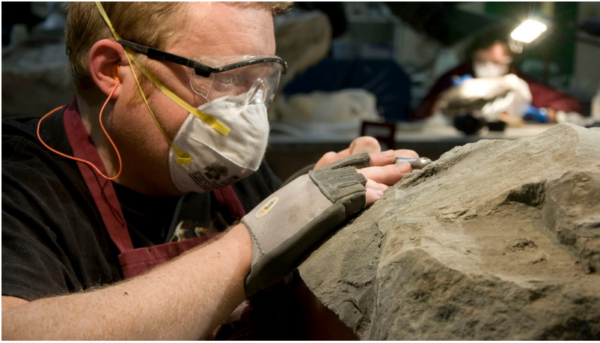
But how ‘lifelike’ is the specimen really? Well, apparently the preservation was so good that researchers were able to tell the dinosaur’s skin color by using mass spectrometry techniques to detect the actual pigments.
This way they found out that the nodosaur’s coloring was a dark reddish brown on the top of the body – and lighter on the underside. Since this dinosaur was an herbivore, its skin color must have played a role in protecting it from the enormous carnivores present at the time.
And the fact that we’re talking about a massive, heavily-armored dinosaur illustrates just how dangerous those predators must have been…

The nodosaur was found by an unsuspecting excavator operator that uncovered the historic discovery while digging in an oil sands mine, according to the museum’s news release about the exhibit. 7,000 painstaking reconstruction hours later, the nodosaur was ready to meet the public.
As if the preservation of skin, armor, and guts weren’t impressive enough, the dinosaur mummy is also unique in that it was preserved in three dimensions, with the original shape of the animal retained.
According to one researcher, “it will go down in science history as one of the most beautiful and best preserved dinosaur specimens – the Mona Lisa of dinosaurs.”

The Mona Lisa of dinosaurs… It is indeed, isn’t it?

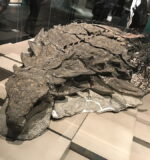



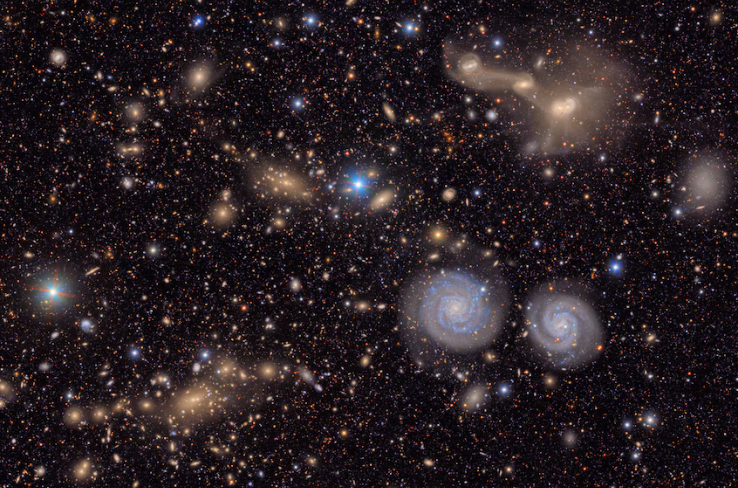
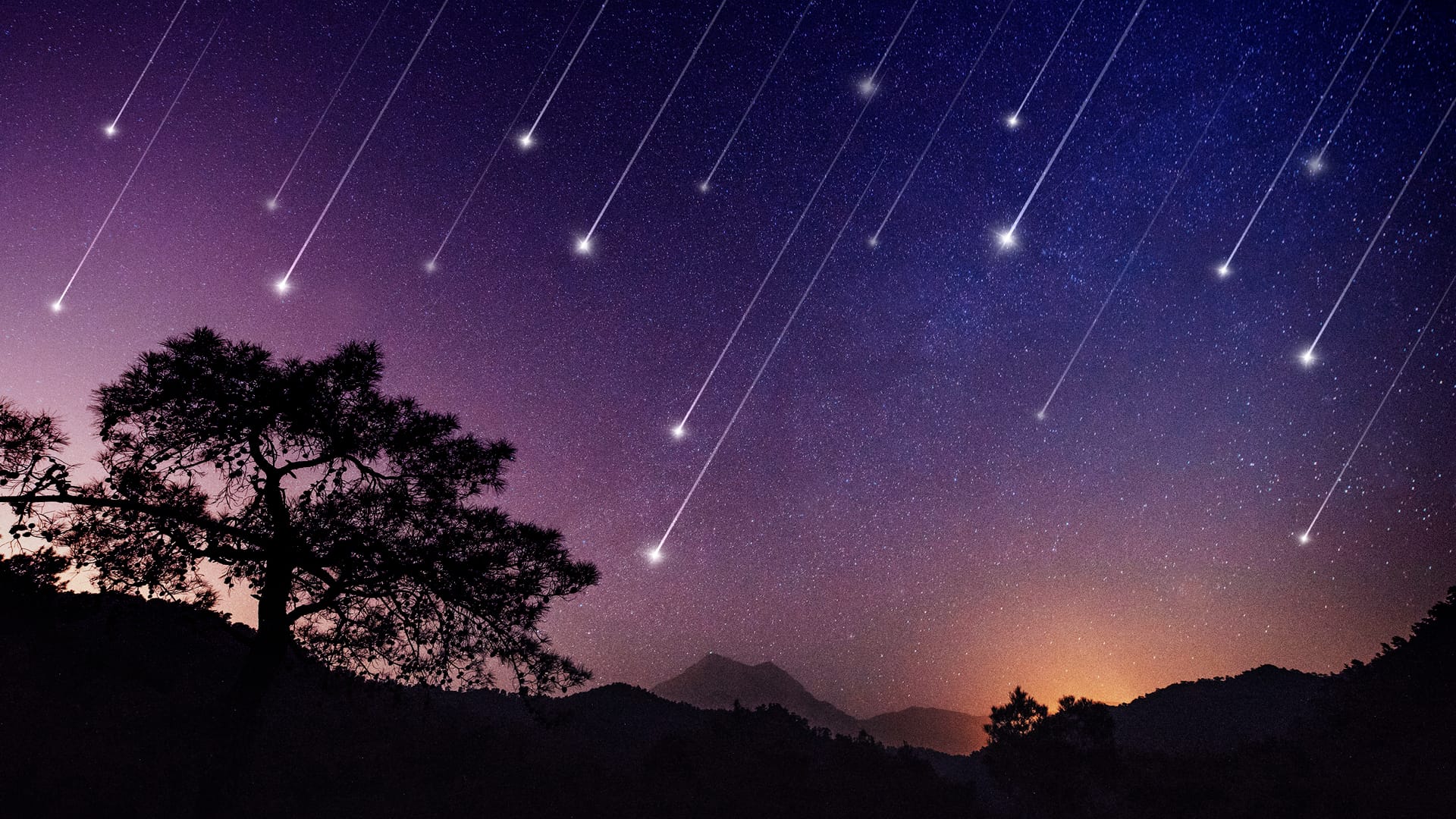
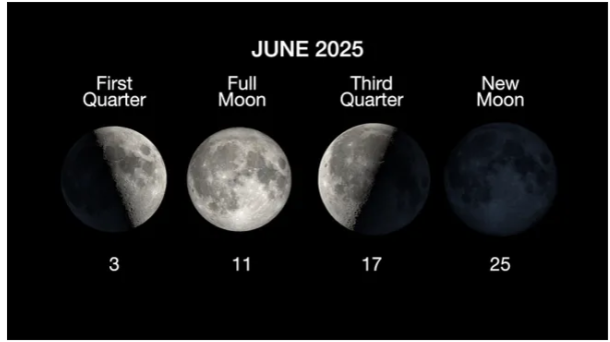
 Photographer Finds Locations Of 1960s Postcards To See How They Look Today, And The Difference Is Unbelievable
Photographer Finds Locations Of 1960s Postcards To See How They Look Today, And The Difference Is Unbelievable  Hij zet 3 IKEA kastjes tegen elkaar aan en maakt dit voor zijn vrouw…Wat een gaaf resultaat!!
Hij zet 3 IKEA kastjes tegen elkaar aan en maakt dit voor zijn vrouw…Wat een gaaf resultaat!!  Scientists Discover 512-Year-Old Shark, Which Would Be The Oldest Living Vertebrate On The Planet
Scientists Discover 512-Year-Old Shark, Which Would Be The Oldest Living Vertebrate On The Planet  Hus til salg er kun 22 kvadratmeter – men vent til du ser det indvendigt
Hus til salg er kun 22 kvadratmeter – men vent til du ser det indvendigt  Superknepet – så blir snuskiga ugnsformen som ny igen!
Superknepet – så blir snuskiga ugnsformen som ny igen!  Meteorite That Recently Fell in Somalia Turns Out to Contain Two Minerals Never Before Seen on Earth
Meteorite That Recently Fell in Somalia Turns Out to Contain Two Minerals Never Before Seen on Earth  Nearly Frozen Waves Captured On Camera By Nantucket Photographer
Nearly Frozen Waves Captured On Camera By Nantucket Photographer  It’s Official: Astronomers Have Discovered another Earth
It’s Official: Astronomers Have Discovered another Earth 